Kuala Lumpur, wheelchair strolling in a multicultural capital
After a year in New Zealand here we arrived in Kuala Lumpur a week ago for our first stop of our road trip in Malaysia and in south-east Asia. We are discovering a country very different from Europe, New Zealand or every other country we have been before. The first important change that we noticed is the weather. It is very hot and very humid. Temperatures never go under 25°C, and with the humidity it feels hotter. Going from a room with air-conditionner to outside is like entering into a bathroom after a really hot shower. However our bodies got used to it gradually and it didn’t stop us from discovery this capital rich of cultural diversity: ethnic, religious and culinary.
Kuala Lumpur is not an homogeneous city. From a neighbourhood to another we can have the feeling that we are in another city. In a few minutes we can walk from a very quiet park at the bottom of a skyscraper to a very lively Chinese or Indian enclave. Let’s go discover the city!
Sommaire
Petronas Towers and KLCC park
Most likely the Petronas towers are the first thing which come to mind if someone thinks Kuala Lumpur, and I can understand why. These towers are the most beautiful I ever looked at and also the world highest twin towers. Indeed they are 452 metres high. The first time I saw them it was during the day and I already found them impressive. At night, they are lighted and are even more splendid. During the evening they are some water light show at the bottom of the towers. So cool! Behind the towers there is the KLCC park. If you would like to find a bit of green or just want a good spot to take photos of the Petronas towers this is the right place.
The Menara tower and the canopy walkway
We wanted to go on the Petronas towers observatory but it was closed because of public holidays. So instead we have been to the Menara tower observatory. From there we can see all the city and its so many buildings!
At first sight the tower doesn’t seem to be wheelchair accessible but there is a lift at the opposite side of the building to reach the tickets counter floor. At the very bottom of the park leading to the tower there are free shuttles but unfortunately there inaccessible. You might want to get to the bottom of the tower using Uber or Grab, the local equivalent.
At the foot of the tower it is possible to go for a walk in «KL Forest Eco Park». After we visited the tower we decided to go for it. I was surprised and happy to find an accessible entrance as accessibility is clearly not a priority in Kuala Lumpur. Consequently I hurtle down the slope with enthusiasm. I am ready to start the canopy walkway, this upright walk on suspension bridge between the trees.
I shouldn’t have speak so fast… The walk was not wheelchair accessible at all. There are many spiral staircases so we arrived at the end of it completely soaked in sweat. At least I have done free exercises!
Chinatown and Little India
This two districts have in things in common. To attract tourists, to be overflowing with little restaurants, takeaway stalls and a lot of souvenirs shops. Tourists and locals meander in the middle of scooters driven by KL inhabitants who sometimes are not wearing helmets at can be four of them in one scooter including children!
If you want to buy souvenirs you can also go to “Central Market”. There are a lot of gadgets and “made in China” products ( sold to many Chinese tourists, ironic!) and also some best quality hand-crafted products and clothes. There is a wheelchair accessible entrance (south entrance) near the information counter. Inside there is a lift to go easily from one floor to another and free accessible restrooms for disabled people. The others people will have to pay.
Strolling in those area is exciting for all the human senses. We hear people speaking Chinese, English, Malay and Arabic… We can even listen the prayer if we are strolling around at the right time. Surrounded by temples, mosques, tissus of every colours and unknown food we didn’t where to look! Despite the presence of different populations, religions and atmosphere in those districts I was surprised that everybody seems to live peacefully together.
The Bird Park and the « Islamic Art Museum »
Even if Lonely Planet was recommending it and Franck was very keen on going there I wasn’t really eager to visit the bird park. In the end I really liked it. I found it very well done and enjoyable. Also I discovered of lot Asian bird species that I didn’t know.
The park is fully accessible but another person help will be needed for manual wheelchair users as the ground is steep in many place.
For those who like museums or who want to lear more about islamic arts the “Islamic art museum” is at walking distance from the bird park. We can see there many arts collection divided into several themes like architecture, calligraphy, weapons and clothes. As for Franck he particularly enjoyed miniature mosques gallery. The museum is fully wheelchair accessible.
Batu Caves
Only several kilometres from Kuala Lumpur and accessible by public transport the Batu caves are one of the Malaysia must-see. They gather many caves sheltering Hindu temples in the same place. Hundreds of tourists are coming everyday and despite being a sacred place there are many souvenirs and food stalls, even inside the main cave. By the way I would advise you not to taste the Indian pasties which are cloying.
Unfortunately I didn’t enter in the main cave as there are 272 steps to access it. In addition going down would have been too dangerous because the steps are not wide and it is impossible to put an entire foot on one of them. According to Franck there is no regret to have. While the cave ceiling is impressive, the rest of it filled with concrete and the temples looks very similar to the ones at its bottom. Even if the main cave is not wheelchair accessible I still think that Batu caves is worth to visit just to see the gigantic 43 metres heigh Murugan statue at the feet of the main temple.
Moreover, while the main cave is not wheelchair accessible, it is still possible to visit the “Ramayana Cave” which is located at the end of the path on your left when you are facing the main cave. The main room is fully wheelchair accessible. We can see inside it many colourful and kitsch statues of Hindu characters as Kumbhakarna and Ravana.
After the main room you need to climb a few steps to be able to observe the highest cave’s cavity. If you can walk this few steps or climb it in your wheelchair with someone’s help: the view worth the effort. From there there are many stairs to access to very top of the cave but, according to Franck, it is not worthy as there is only one big stalagmite.
If you would like to know more about the Malaysian capital you can also read about all the best places to eat in Kuala Lumpur and get information about its wheelchair accessibility.
Did you like this post? Feel free to check out my Patreon page to see how you can support the creation of new ones and be a part of iwheeltravel!
And of course, you can share, like and subscribe, to be aware of the lastest posts.
w

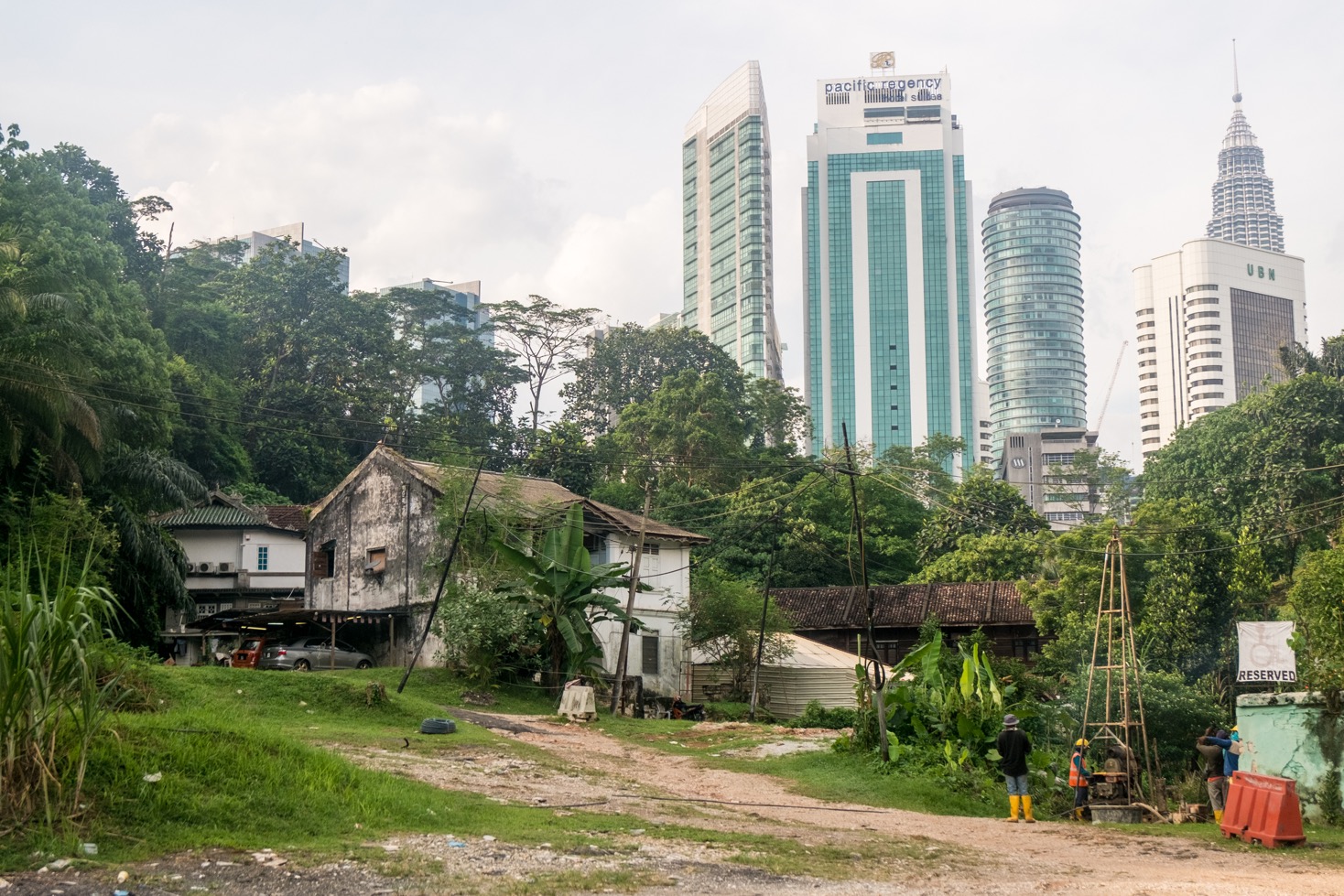
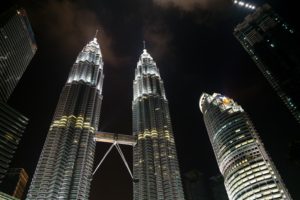
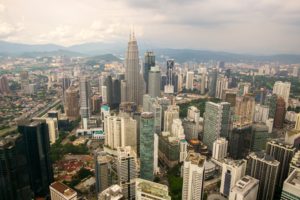
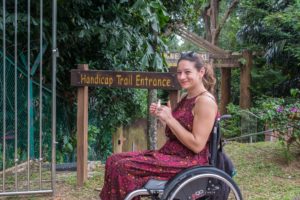
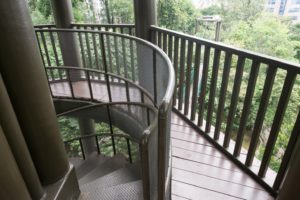
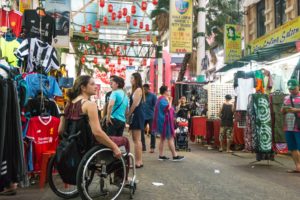
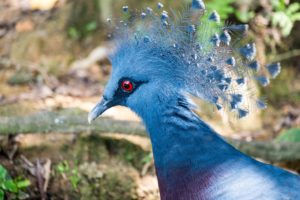
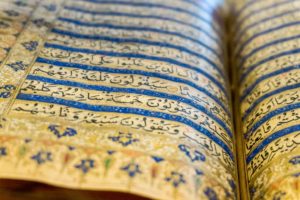
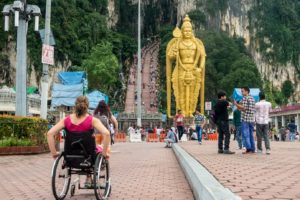
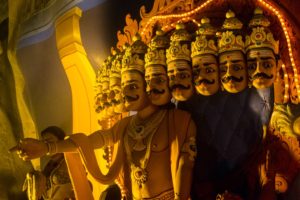





Julia
Hi,
I have found your article very useful, it is well explained and nice picture you posted. My father is on a wheel chair and I would like to bring him around, yet I found Malaysia is not wheel chair friendly.